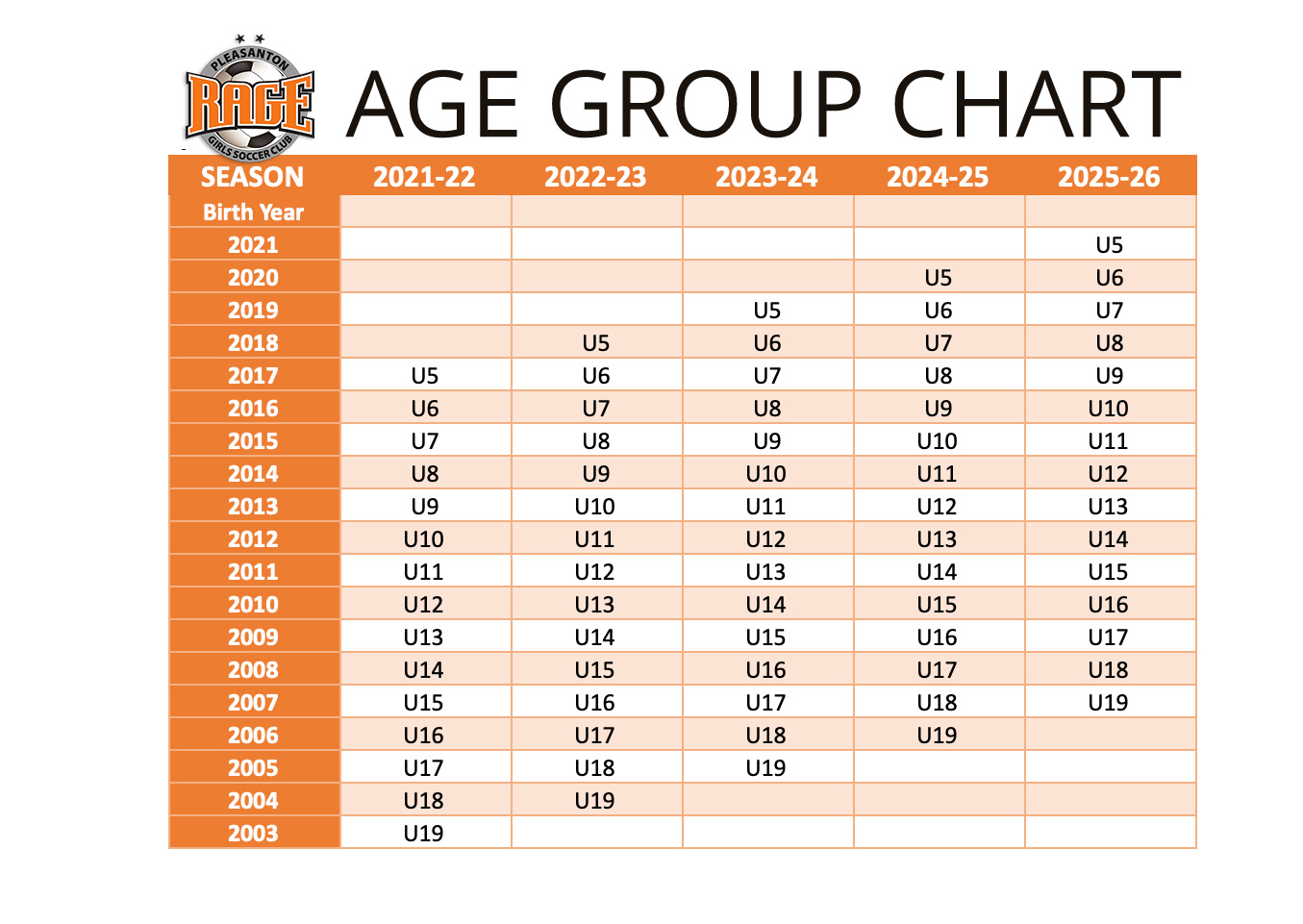Rage age has become a topic of increasing interest in recent years, especially as more people experience heightened emotions and frustration in their daily lives. This phenomenon is not just a passing trend but a reflection of deeper societal issues that need to be addressed. In this article, we will explore what rage age is, its causes, and its impact on individuals and communities.
Rage age is a term used to describe the rising levels of anger and frustration that individuals experience in modern society. It is a manifestation of the stress, pressure, and challenges that people face in their daily lives. From economic struggles to political tensions, there are many factors that contribute to this phenomenon.
As we delve deeper into this topic, we aim to provide a comprehensive understanding of rage age, its causes, and potential solutions. By the end of this article, you will have a clearer picture of how rage age affects society and what can be done to address it.
Read also:Gigguk Birthday Celebrating The Life And Legacy Of A Beloved Figure
Table of Contents
- What is Rage Age?
- Causes of Rage Age
- Impact on Individuals
- Impact on Society
- Psychological Aspects of Rage Age
- Societal Contributors to Rage Age
- Managing Rage Age
- Prevention Strategies
- Case Studies: Real-Life Examples
- Conclusion
What is Rage Age?
Rage age refers to the growing prevalence of anger and frustration in society. It is a term used to describe the emotional state of individuals who feel overwhelmed by the challenges of modern life. This phenomenon is not limited to a specific age group or demographic but affects people from all walks of life.
The rise of rage age can be attributed to various factors, including economic pressures, social inequalities, and political tensions. As individuals struggle to cope with these challenges, they may experience heightened emotions that manifest as anger, frustration, or even aggression.
Understanding rage age is essential for addressing the underlying issues that contribute to this phenomenon. By recognizing its causes and effects, we can work towards creating a more balanced and harmonious society.
Causes of Rage Age
Economic Pressures
Economic pressures are one of the primary contributors to rage age. In today's fast-paced world, many people face financial instability, job insecurity, and rising living costs. These challenges can lead to stress and frustration, which, if left unaddressed, can escalate into anger.
Social Inequalities
Social inequalities also play a significant role in the rise of rage age. Issues such as discrimination, injustice, and lack of opportunities can create a sense of frustration and disillusionment among individuals. This can lead to a collective sense of anger that permeates society.
Political Tensions
Political tensions are another factor that contributes to rage age. In a world where political discourse is often divisive, individuals may feel alienated or disenfranchised. This can lead to a rise in anger and frustration, as people struggle to find common ground and solutions to pressing issues.
Read also:Unveiling The Extraordinary Journey Of Richie Vetter The Man Behind The Success
Impact on Individuals
The impact of rage age on individuals can be significant. Chronic anger and frustration can lead to a range of physical and mental health issues, including anxiety, depression, and cardiovascular disease. Additionally, individuals who experience rage age may find it difficult to maintain healthy relationships and perform well in their professional lives.
Some of the key effects of rage age on individuals include:
- Increased stress levels
- Difficulty in managing emotions
- Decreased productivity at work
- Strained personal relationships
Impact on Society
Rage age also has a profound impact on society as a whole. When individuals experience heightened emotions, it can lead to increased conflict, violence, and social unrest. This can create a cycle of negativity that is difficult to break, affecting communities and nations alike.
Some of the societal effects of rage age include:
- Rise in crime rates
- Increased political polarization
- Decreased social cohesion
Psychological Aspects of Rage Age
From a psychological perspective, rage age is closely linked to the way individuals process and respond to stress. When people experience chronic stress, it can lead to an overactivation of the amygdala, the part of the brain responsible for processing emotions. This can result in heightened anger and frustration, making it difficult for individuals to regulate their emotions effectively.
Additionally, rage age can be influenced by cognitive biases and distorted thinking patterns. For example, individuals who engage in black-and-white thinking or catastrophizing may be more prone to experiencing anger and frustration. Addressing these cognitive distortions can be an important step in managing rage age.
Societal Contributors to Rage Age
Media Influence
The media plays a significant role in shaping public perception and contributing to rage age. Sensationalized news stories, divisive rhetoric, and social media algorithms that prioritize outrage can all contribute to a culture of anger and frustration.
Technological Advancements
While technological advancements have brought many benefits, they have also contributed to rage age in certain ways. The constant connectivity and pressure to stay productive can lead to burnout and stress, exacerbating feelings of anger and frustration.
Managing Rage Age
Managing rage age requires a multifaceted approach that addresses both individual and societal factors. On a personal level, individuals can benefit from practices such as mindfulness, meditation, and cognitive-behavioral therapy. These techniques can help them develop healthier coping mechanisms and improve their emotional regulation.
At the societal level, efforts should be made to address the root causes of rage age, such as economic inequality, social injustice, and political polarization. This may involve implementing policies that promote social welfare, fostering dialogue and understanding between different groups, and encouraging responsible media practices.
Prevention Strategies
Preventing rage age involves taking proactive steps to create a more supportive and inclusive society. Some effective strategies include:
- Promoting mental health awareness and resources
- Encouraging open dialogue and empathy
- Implementing policies that address social inequalities
- Fostering a culture of respect and understanding
Case Studies: Real-Life Examples
Case studies provide valuable insights into the real-world impact of rage age. For example, a study conducted by the American Psychological Association found that individuals who experienced chronic stress were more likely to report feelings of anger and frustration. Similarly, a report by the World Health Organization highlighted the link between social inequalities and rising levels of anger in certain communities.
By examining these case studies, we can better understand the complexities of rage age and develop more effective strategies for addressing it.
Conclusion
Rage age is a complex phenomenon that affects individuals and society as a whole. By understanding its causes and effects, we can take meaningful steps towards addressing this issue and creating a more harmonious world. Whether through personal practices or societal initiatives, the key is to foster empathy, understanding, and resilience.
We invite you to share your thoughts and experiences in the comments below. Together, we can work towards a future where rage age is a thing of the past. Additionally, feel free to explore other articles on our site for more insights into mental health, societal issues, and personal development.
Data sources: American Psychological Association, World Health Organization, and peer-reviewed journals on psychology and sociology.


